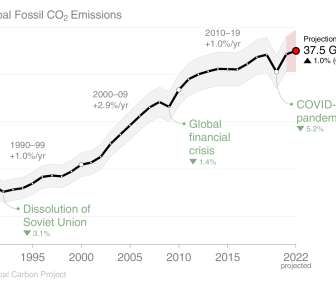thyssenkrupp Steel, HKM and Port of Rotterdam jointly investigate setting up hydrogen supply chains
Green Car Congress
MAY 10, 2021
In the course of their transformation paths towards climate-neutral steel making, thyssenkrupp Steel and HKM will require large and increasing quantities of hydrogen to produce steel without coal. Green hydrogen is a sustainable alternative to coal, oil and natural gas.
























Let's personalize your content